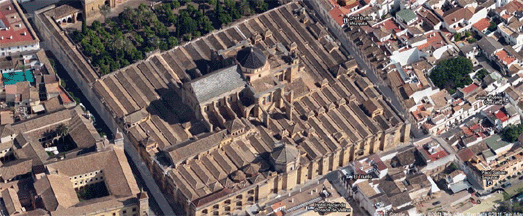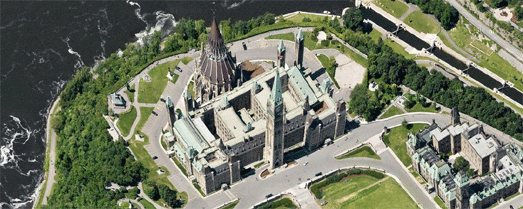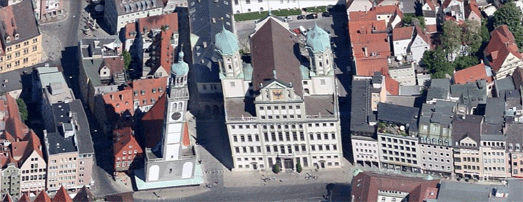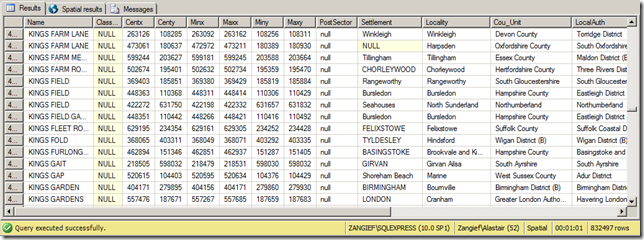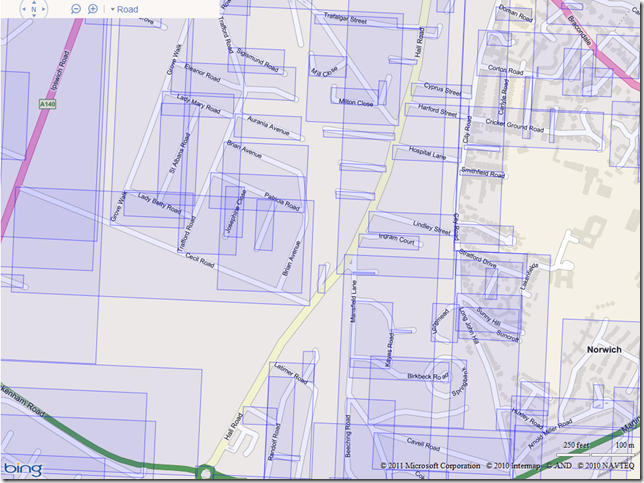Google Maps meet Maori Maps
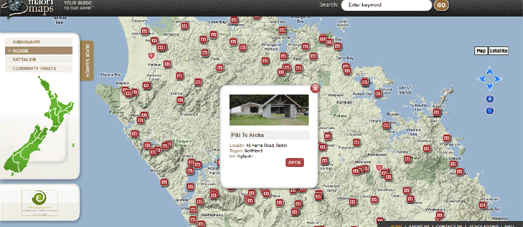
This Google Map displays the locations of the tribal marae of Aotearoa New Zealand. A marae is a communal or sacred place, the centre of Maori identity and activity.
Maori Maps is a nationwide map of Aotearoa marae, with photos of each marae, contact and background information, and photographs. Currently the map displays marae in the Tai Tokerau (Northland) and Tamaki (Auckland) regions. Eventually the map will show all of Aotearoa’s more than 800 ancestral marae.
Google Aquires Dealmap
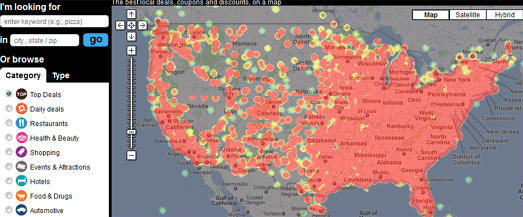
Dealmap’s biggest deal of today was selling itself to Google.
Websites offering daily deals and coupons have been one of the biggest trends in the location sector for a couple of years now. Google has been pretty keen to get into this market, which has so far been dominated by Groupon.
However Google has, until now, been painfully slow in rolling out its own Google Offers site. Google Offers launched in April promising daily offers – but the deals were initially only available in Portland, Oregon. Since then Google have rolled out the service to other areas but it is still limited to New York, San Francisco, Oakland and Portland.
By acquiring Deal Map Google can now access Dealmap’s deal exchange distribution network and presumably hopes to tap into Dealmap’s over 2 million users.
Google is not the only big player to have had an eye on Dealmap. Back in March Dealmap signed a deal with Bing to display deals on the homepage of m.bing.com.
For now Dealmap says it will continue as a distinct service. However my guess is that at some point in the future Dealmap and Google Offers will morph into one product (probably called Google Offers).
Google Maps at the Fringe
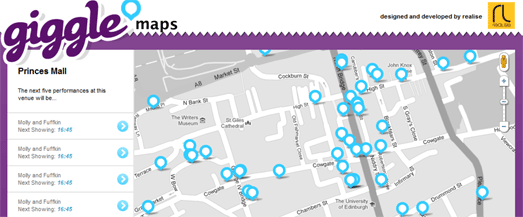
The world’s largest art festival the Edinburgh Fringe is due to start on Friday.
With over 2,000 different comedy, musical and theatrical shows taking place in over 250 different events what is needed is a Google Maps guide to the Fringe.
Enter stage right – Gigglemaps.
Using Gigglemaps you can click on any Edinburgh Fringe Festival venue and view the next five performances. The map includes a menu that allows you to filter the venues by category, such as comedy, cabaret etc.
The Google Maps Guide to Hiking in Norway
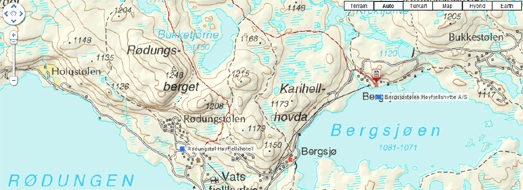
UT.no is a complete guide to hiking in Norway. The site features hiking routes, cabins, a calendar of events and a hiking map built with the Google Maps API.
As well as the usual Google Map views the map features detailed topographical map tiles. Using the menu in the map sidebar you can select to view cabins, summer trails, winter trails, videos, articles and even current skiing conditions.
Boston’s Buses Live on Google Maps
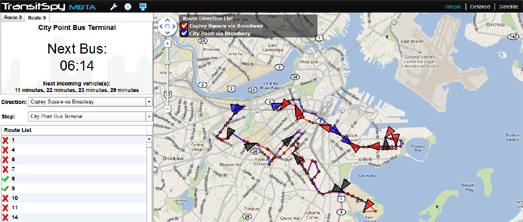
With TransitSpy you can follow Boston’s MBTA buses live on Google Maps.
Using the sidebar you can select any combination of MBTA bus routes and view in real-time the position of the buses on those routes. As well as the live buses all the stops on a route are displayed on the map. If you click on a bus-stop’s map marker you can see how long you will have to wait until the next bus arrives.
Loads More Birds Eye View
Google Maps today has a lot more aerial view imagery. The update includes new 45° imagery in the U.S., Canada, Germany, Argentina and Spain.
Here’s a list of the updated cities:
Augsburg, Germany. Barstow, CA. Bartlett, TX. Big Bear, CA. Blackstone, VA. Catalina Foothills, AZ. Córdoba, Spain. Delano, CA. Desert Hot Springs, CA. Richmond, VA. Elgin, TX. Healdsburg, CA. Helendale, CA. Hemet, CA. Houston, TX. Mendoza, Argentina. Midlothian, VA. Napa Valley, CA. New Braunfels, TX. Ojai, CA. Ottawa, Canada. Pensacola, FL. Porterville, CA. Plant City, FL. Rancho Del Lago, AZ. Rosario, Argentina. Santa Clarita, CA. Sarasota, FL. Taylor, TX. Temecula, CA. Treasure Island, CA. Troy, IL. Twentynine Palms, CA. Wakefield, VA. Yucca Valley, CA.
googlemapsmania
